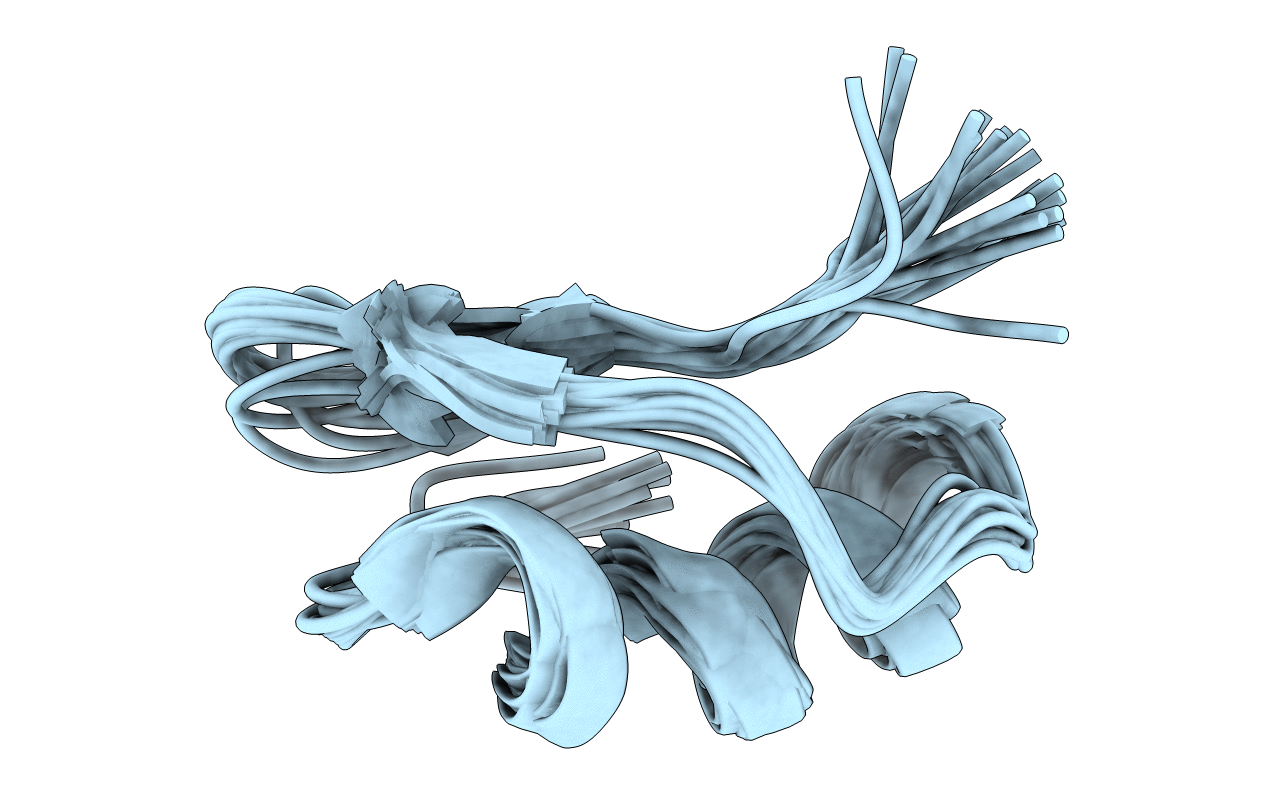
Deposition Date
2004-11-23
Release Date
2005-11-01
Last Version Date
2024-10-23
Entry Detail
Biological Source:
Source Organism:
Method Details:
Experimental Method:
Conformers Calculated:
50
Conformers Submitted:
20
Selection Criteria:
target function,structures with the lowest energy,structures with the least restraint violations,structures with favorable non-bond energy,structures with acceptable covalent geometry,back calculated data agree with experimental NOESY spectrum


